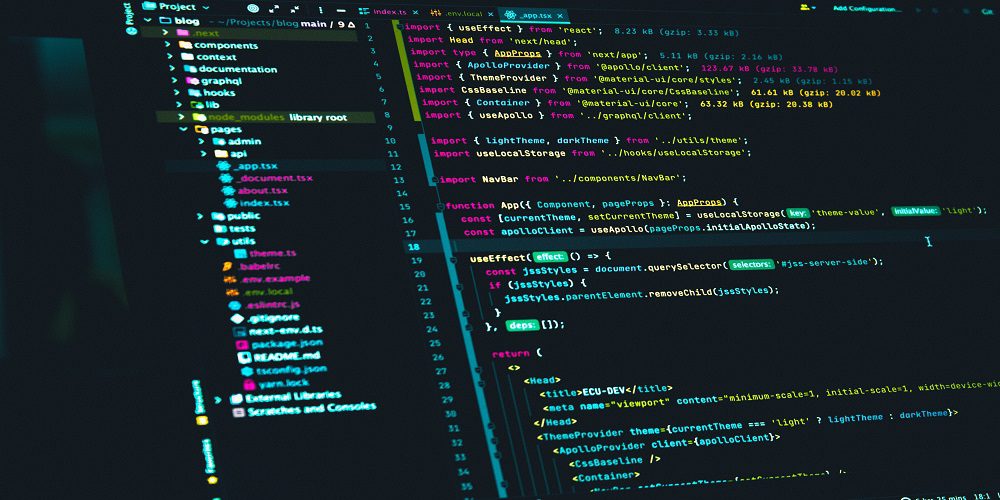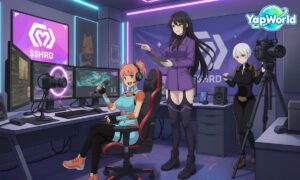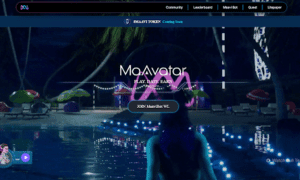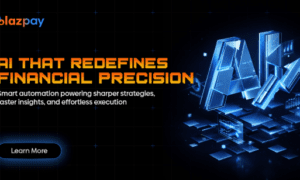Introduction
In the rapidly evolving landscape of technology, the concept of the metaverse has emerged as a groundbreaking frontier. As we step into this immersive digital realm, virtual reality (VR) developers and programmers play a pivotal role in shaping and defining our experiences. In this comprehensive guide, we will delve into who a virtual reality developer is, explore their skill set, and unravel the crucial roles they play within the metaverse.
Understanding the Virtual Reality Developer:
A. Definition and Background:
Virtual reality developers, often referred to as VR developers or programmers, are skilled professionals responsible for creating immersive digital experiences within the virtual realm. Their work goes beyond traditional programming, involving a deep understanding of both software development and the nuances of virtual environments.
Skill Set:
A. Programming Languages:
C++ and C#: Mastery of C++ and C# is crucial for VR development, as these languages are widely used in creating high-performance applications. C++ is often employed in game engines like Unreal Engine, while C# is commonly used in Unity, two of the most popular platforms for VR development.
Java: Although not as prevalent as C++ and C#, Java is still relevant, especially in web-based VR applications and experiences.
B. 3D Modeling and Animation:
Blender and Maya: Proficiency in 3D modeling tools such as Blender and Maya is essential for creating realistic and visually appealing virtual environments. VR developers need to be adept at designing not only static objects but also animating characters and objects to provide dynamic and engaging experiences.
C. Unity and Unreal Engine:
Unity: A versatile game development engine widely used for VR applications, Unity provides a user-friendly interface and excellent compatibility with various VR devices. VR developers should be well-versed in Unity’s features, including asset importing, scene creation, and scripting using C#.
Unreal Engine: Known for its high-end graphics and realistic simulations, Unreal Engine is another powerhouse in VR development. Developers should understand its blueprint system and utilize its visual scripting features to create immersive VR experiences.
D. Physics and Mathematics:
Physics Engines: Understanding and implementing physics engines is crucial for creating realistic interactions within the virtual world. VR developers should be familiar with engines like NVIDIA PhysX or Unity’s built-in physics engine to simulate natural movements and reactions.
Mathematics: A solid grasp of mathematical concepts, including geometry and linear algebra, is essential for tasks such as calculating distances, angles, and trajectories within the virtual environment.
User Interface (UI) Design:
UI/UX Principles: Virtual reality interfaces require a different approach than traditional 2D interfaces. VR developers should understand the principles of user experience (UX) and design (UI) to create intuitive and user-friendly interfaces that enhance the overall immersive experience.
VR-specific UI Tools: Familiarity with VR-specific UI tools and frameworks, such as Oculus SDK or SteamVR, is crucial for designing interfaces that seamlessly integrate with different VR platforms.
A. Building Immersive Environments:
World Creation: VR developers craft virtual worlds, considering aspects such as architecture, geography, and ambiance to create immersive environments.
Spatial Design: They design spaces that users can explore, interact with, and feel a sense of presence within.
B. Creating realistic avatars and characters:
Character Design: VR developers design and animate lifelike avatars, ensuring a seamless and realistic user experience.
Behavioral Programming: Implementing AI algorithms to govern the behavior of virtual characters makes interactions more dynamic and engaging.
C. Developing Interactive Experiences:
Game Mechanics: Integrating game mechanics into virtual experiences to enhance user engagement and create compelling narratives
Interactivity: building systems that allow users to interact with virtual objects and other users in real-time, fostering a sense of community within the metaverse.
D. Optimizing Performance:
Performance Tuning: VR developers optimize applications to ensure smooth performance, addressing challenges such as latency and frame rate issues.
Hardware Compatibility: ensuring that VR experiences run seamlessly across a variety of VR devices, considering different specifications and capabilities.
E. Collaborating in a Multi-Disciplinary Environment:
Cross-functional Collaboration: Working closely with designers, artists, and other developers to bring a cohesive vision to life within the metaverse
Constant Innovation: Staying abreast of emerging technologies and trends to incorporate cutting-edge features into virtual reality experiences.
Challenges and Future Trends:
A. Technical Challenges:
Overcoming Hardware Limitations: As VR hardware continues to evolve, developers must adapt to new capabilities and challenges.
Enhancing Realism: Striking for higher levels of realism poses challenges in terms of graphics, physics, and AI.
B. Social and Ethical Considerations:
Privacy Concerns: Developers must navigate the delicate balance between creating immersive experiences and respecting user privacy.
Inclusivity: ensuring that virtual spaces are inclusive and diverse, addressing potential biases in design and content.
C. Future Trends:
Augmented Reality (AR) Integration: The integration of AR and VR technologies for more seamless and immersive experiences
Blockchain and NFTs: Exploring the potential of blockchain and non-fungible tokens (NFTs) in creating unique and tradable virtual assets within the Metaverse
Conclusion
Virtual Reality developers and programmers are the architects of the metaverse, shaping the way we interact with digital spaces and each other. Their multifaceted roles encompass technical expertise, creative vision, and a deep understanding of the user experience. As we journey further into the realms of virtual reality, the contributions of these professionals will continue to be at the forefront of innovation, driving the evolution of the metaverse into a dynamic and immersive digital ecosystem.



































